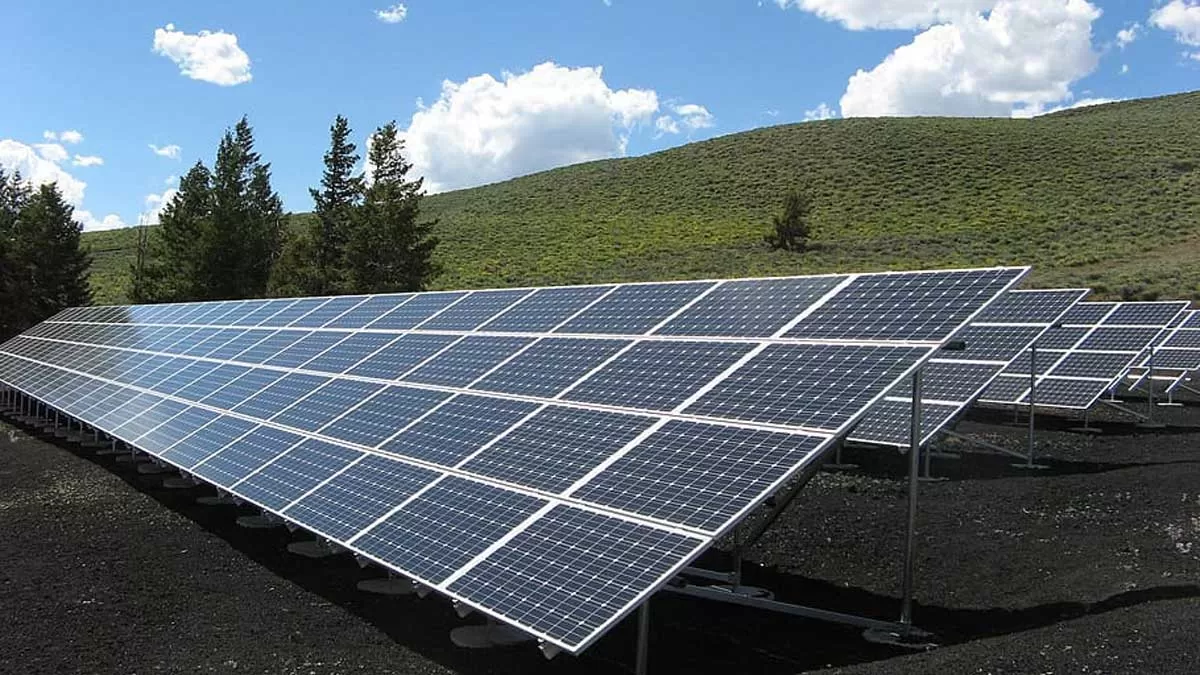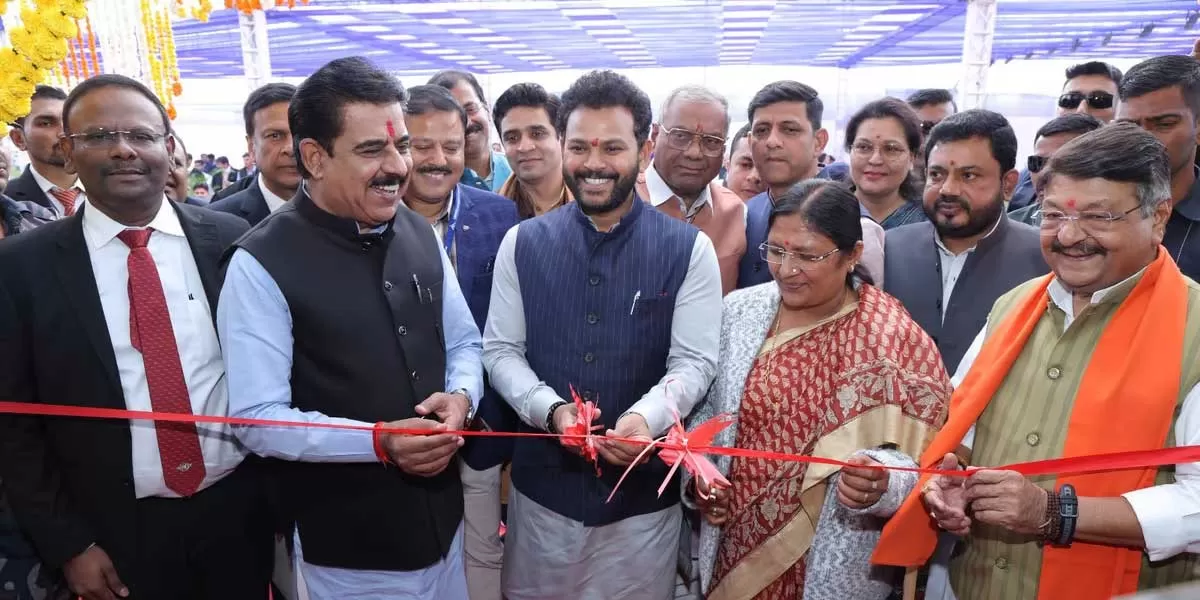
Researchers achieve 28.49% efficiency with all-perovskite solar cell

CONCOR Launches Double-stack Service Between NCR and Varnama
State-run Container Corporation of India (CONCOR) has launched double-stack container train services between the National Capital Region (NCR) and Varnama near Baroda. This initiative aims to facilitate customers at Nhava Sheva near Mumbai, home to Jawaharlal Nehru Port (J N Port). On December 21, the first double-stack container train from Khatuwas and Dadri in NCR reached CONCOR’s Gati Shakti Multimodal Cargo Terminal (GCT) at Varnama, situated along the Western Dedicated Freight Corridor (WDFC). The train carried export cargo destined for J N Port, according to a statement from the state..

Less than 10% of Rs 40 Billion State-aid for Shipbuilding Utilised
A government-sanctioned financial assistance program worth Rs 40 billion, intended to support local shipbuilders over a decade starting in April 2016, has seen minimal utilisation, with only Rs 3.85 billion—less than 10 per cent of the total fund—disbursed thus far. With 15 months remaining before the scheme concludes, its uptake has been limited. The financial aid applies to shipbuilding contracts signed between April 1, 2016, and March 31, 2026. According to a written response provided by Union Minister of Ports, Shipping, and Waterways Sarbananda Sonowal to the Rajya Sabha on December ..

Civil Aviation Minister Opens New ATC Tower at Indore Airport
The Minister for Civil Aviation, Ram Mohan Naidu Kinjarapu, inaugurated the new Air Traffic Control (ATC) Tower-cum-technical block at Devi Ahilyabai Holkar International Airport in Indore, Madhya Pradesh. During the inauguration, the minister toured the facility, where ATC experts explained various technical aspects of tracking and coordinating flights from the newly constructed tower. In addition to the ATC tower, the airport has also introduced a zero-waste plant. The union minister confirmed that this initiative aligns with the government’s commitment to sustainability. Minister Ki..















